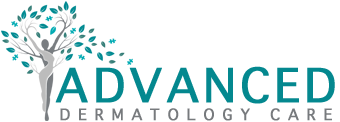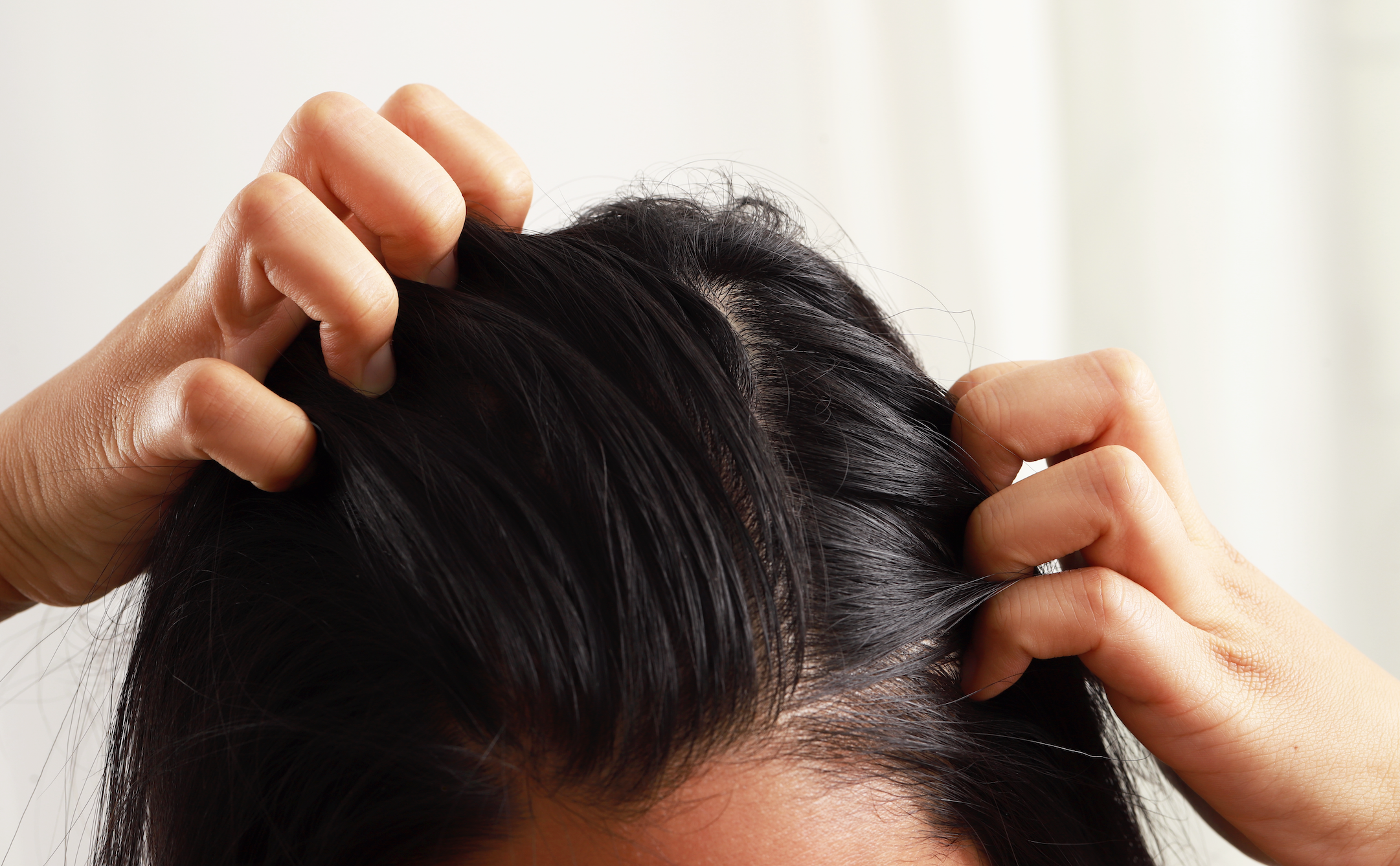On the scalp, acne is less common than on other parts of the body. It can, however, be just as inconvenient. Pimples on the scalp or scalp acne are frequently caused by clogged pores. The issue can be treated by keeping the hair and scalp clean and using medicated shampoos. Pimples and outbreaks on the scalp or hairline are referred to as scalp acne. Scalp acne occurs when dead skin cells or excess sebum clog hair follicles, causing irritation in the hair follicle. The natural oil produced by sebaceous glands builds a protective barrier on the skin known as sebum. If a person does not wash their hair frequently or wears headgear that produces friction against the scalp, their pores can become clogged. When using certain shampoos, conditioners, or hairsprays, some individuals may get bumps or pimples on their scalp.
For scalp acne, a medicated topical therapy may be required. Medicated topical treatments for scalp acne can be purchased without a prescription. These products may contain salicylic acid as it is a common ingredient in acne-fighting skin care products. By breaking down the links between dead skin cells, salicylic acid aids in the removal of them. Additionally, glycolic acid may be present since it exfoliates the scalp, removing dead skin cells, germs, and sebum. Lastly, ketoconazole may also be an ingredient which is an antifungal medication used to treat scaly or red skin. If you have persistent scalp acne with symptoms including hair loss and inflammation, talk to your doctor about the following treatments: antibacterial ointments for the skin, oral antibiotics steroid injections, allergic reactions antihistamines, or specific drugs for severe acne.
The appearance of scalp acne varies. Scalp acne can sometimes look like little pimples or zits on the scalp. These itchy and painful spots might appear on the back of the head. Other times, a person may acquire pimples along their hairline or painful bumps or cysts beneath the skin. When a pore or hair follicle becomes clogged with dead skin cells or sebum, pimples appear on the scalp. Bacteria, yeast, or mites can potentially enter the pores and trigger an allergic reaction. According to the AAD, patients with scalp acne may notice the following symptoms: whiteheads on the scalp or hairline densely packed bumps along the hairline, on the forehead, or towards the back of the neck, uncomfortable lumps on the scalp and some people may have bumps that they can feel but cannot see. Scalp cleanliness is critical for preventing clogged pores. Washing one’s hair whenever it becomes oily and after each workout is a good idea. Whether a person believes their diet is causing scalp acne, they should keep a food diary to see if certain foods create flare-ups. They could also switch to natural, hypoallergenic hair care products. In general, it is best to maintain good hygiene and cleanliness to avoid bacteria from forming.

